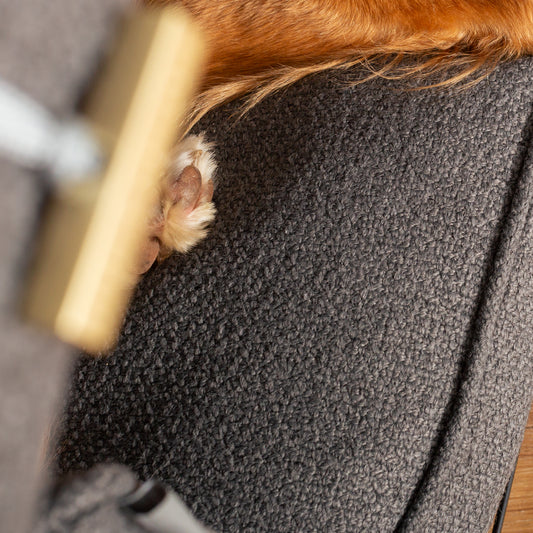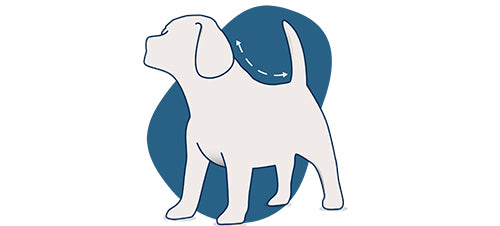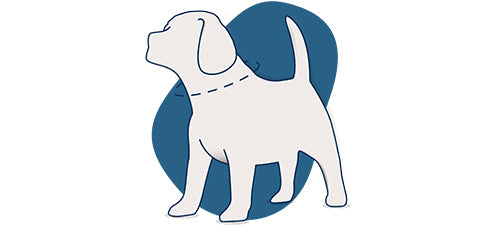Introduction
Puppy insurance is an essential and important part of the pet ownership journey that gives owners peace of mind that should the worst happen, their pup is protected.
Simply put, pet insurance exists to help owners looking to protect their canine companions from unexpected health issues and the associated costs of veterinary care. Much like health insurance for us humans, puppy insurance like that offered by our friends over at Waggel, covers a range of treatments, surgeries and medications that may be needed throughout your puppy’s life.
Taking out a puppy insurance policy is just one of the many ways you can protect your pet and ensure they’re being cared for in the best way possible. Whilst puppy insurance protects your pet from accidents and illnesses, treating your pup to the best pet products is sure to contribute to their health and wellbeing too. This means making sure your pup is welcomed home in true style with high-quality pet products that are made to last - like those from Lords & Labradors.
Why Puppy Insurance Matters
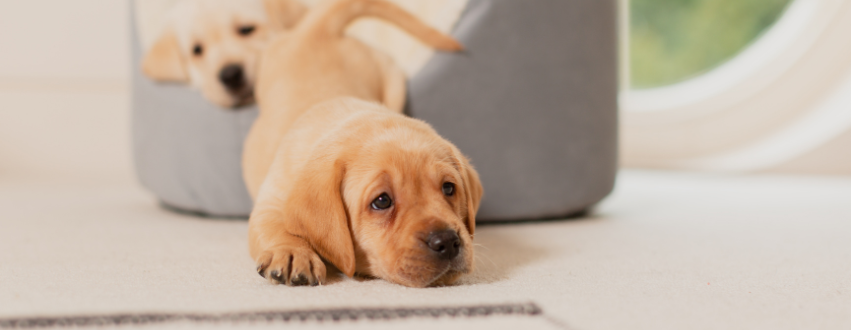
Pet insurance is particularly crucial during a puppy's early years when they are more susceptible to accidents, illnesses and the development of unforeseen health conditions. Many owners push the thought of insurance from their minds and think that because their pet is young, they’re unlikely to experience any issues. Sadly, this couldn’t be further from the truth. By investing in puppy insurance, you can ensure that you’re consistently providing the best possible care for your furry friend without the worry of facing overwhelming veterinary fees and bills.
Without an insurance policy in place, you risk having to pay substantial fees if your pet were suddenly to become ill or involved in an accident. During a time of stress and upset, who would want to be worrying about vet bills? Without the added stress of paying hundreds or even thousands for treatment, you can focus on what’s most important, helping your dog get back to optimal health.
Vet fees can quickly add up and can become a financial burden in a time of anxiety. From surgery costs to medication and x-rays, an insurance policy in place for your pup can give you added peace of mind during times of uncertainty ultimately meaning you’ll have one less thing to worry about.
When it comes down to it, we all want what's best for our pets and our love for them means that we’ll always choose the best things for them, whether this be premium pet insurance or premium pet products. Being a pet owner means going one step beyond to ensure our furry friends are living the life they truly deserve.
Understanding Puppy Insurance
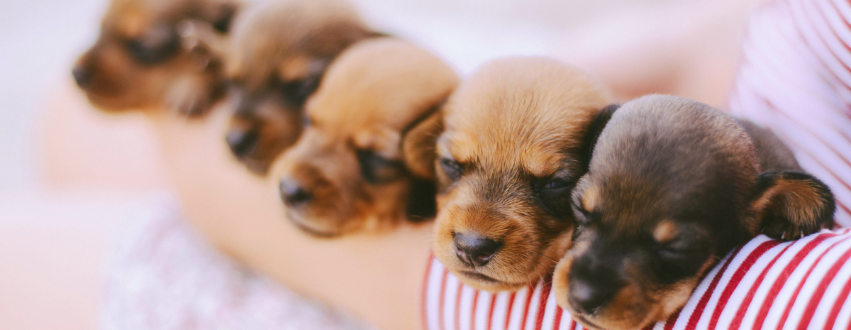
Puppy insurance is a pet insurance policy that can be taken out when a dog is as young as 8 weeks old. Most insurers require puppies to be 8 weeks old before they are eligible for an insurance policy simply because this is the youngest they can be separated from their littermates and mother. Separating a puppy from their litter too early can cause them to exhibit fear, anxiety and reactivity which is something no prospective owner wants for their new addition.
Insuring your puppy from 8 weeks means that they’ll be protected as soon as they join your family. Doing this early on in your puppy’s life means you can avoid pre-existing condition exclusions often put in place by insurance providers to ensure you aren’t claiming on a condition your pet already had before you took out your policy.
To break it down, if your pup was insured from 8 weeks old and suddenly at 2 years old developed a health condition that required veterinary care, you’d be able to claim for treatment relating to the condition for the entirety of your dog’s life as long as you remain with the same insurer, pay your monthly premiums and have a Lifetime policy in place.
However, if you waited until your puppy became an adult and then tried to claim on something they suffered with as a puppy when they weren’t insured, this would be classed as pre-existing and means your claim will likely be declined leading to more stress in an already worrisome situation.
At Waggel, they’re all about making insurance simple and do so by only offering one type of policy, Lifetime. A Lifetime policy means that you can continue to claim for any conditions your dog may develop throughout their entire life, as long as you renew your policy each year.
When purchasing a puppy, some owners are offered temporary pet insurance policies that protect their pet as they settle into their new home. They are often offered by breeders with the purchase of a puppy and don’t involve handing over any bank details. The catch is that they’re not a long-term solution and expire automatically after 4 weeks.
Switching to a Lifetime insurance policy, like that provided by Waggel, can eliminate any potential complications and ensure your puppy is protected from as young as 8 weeks old leaving no time for pre-existing conditions to develop.
Types Of Puppy Insurance

Waggel offers Lifetime policies only for one simple reason; because they’re the most comprehensive. Though they’re considered one of the more expensive types of pet insurance, Lifetime policies offer peace of mind to owners who can continue to claim for the same condition year after year as long as their policy stays active. Waggel also offers flexibility by allowing you the ability to adjust your Annual Coverage and Excess each year to suit your financial needs.
There are, however, other types of puppy insurance available such as maximum benefit, time-limited and accident-only policies.
Maximum benefit puppy insurance policies refer to a mid-level type of cover for injuries, accidents and illnesses. With a maximum benefit policy in place, you can continue to claim per condition up to a pre-specified limit. Once this limit is reached, you won’t be able to claim for the condition anymore until it resets or the policy is renewed.
Time-limited policies may seem more affordable than Lifetime and maximum benefit but they can be limiting in terms of what they offer. Essentially, they allow you to claim for conditions your dog has developed up to a timed limit. Once this timeframe has passed, you’ll be unable to claim. It’s commonly used for short-term illnesses and injuries, though health conditions can be unpredictable and reappear at any time throughout your dog’s life. With a time-limited policy in place, it’s unlikely you’d be able to claim for the same condition again which can be worrying for many owners.
Accident-only policies are considered one of the more cost-effective forms of pet insurance simply because they only cover treatment and medical expenses related to accidents. Whilst this may be tempting for new pet owners who haven’t experienced ownership before, pets are very unpredictable and can develop health conditions at any point during their lifespan which an accident-only plan is unlikely to cover.
For peace of mind, flexibility and continuous protection year after year, a Lifetime policy is sure to provide everything your pet needs and more.
What Puppy Insurance Can Cover
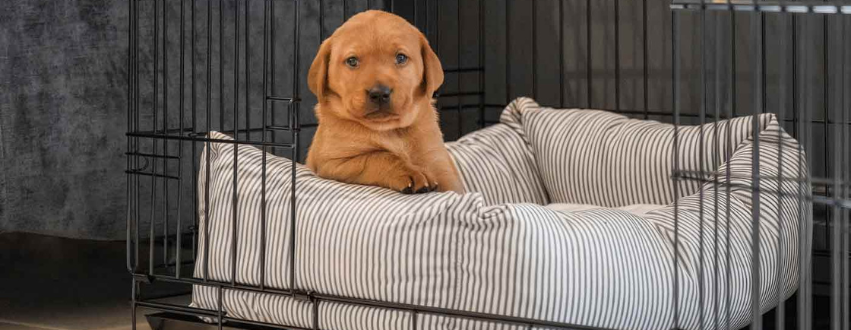
So, you’ve decided to take out puppy insurance but what’s really included in your policy? Most comprehensive policies like Lifetime and maximum benefit include coverage for veterinary fees such as diagnostics, surgery, medication and procedures, third-party liability in the event your dog is involved in a legal matter for which you’re deemed legally responsible, and the purchase price if your pet passes away, is stolen or goes missing.
All of the above can go a long way in providing your pup with the best start to life. Some policies go even further, like Waggel’s Lifetime policies that also include dental and travel cover for pet owners.
Dental health is a very important aspect of canine health and shouldn’t be overlooked. As a pet owner, it’s your responsibility to ensure your dog’s teeth are annually checked and deemed healthy by a vet. Your vet will be required to note down on their records that your puppy’s teeth are in optimal health in order for you to submit a dental-related claim in the future. Without a record of good dental health, insurers will be unable to determine the original condition of your dogs when they were young.
With travel cover included as part of your policy, you can rest assured that your puppy is protected even when you’re both out of the country. Waggel offers coverage for emergency treatment when you’re on holiday outside of the UK and within a country of the Pet Travel Scheme for up to 90 days each year.
No one wants to think of a time when their pet isn’t here anymore, especially in the excitement of bringing home a puppy. However, as a pet owner it’s something you want to know is covered during a time of sadness. When searching for pet insurance, it’s a good idea to look for policies that include death cover and benefits such as coverage for the purchase price of your pet if they pass away from an accident or illness.
Exclusions In Puppy Insurance
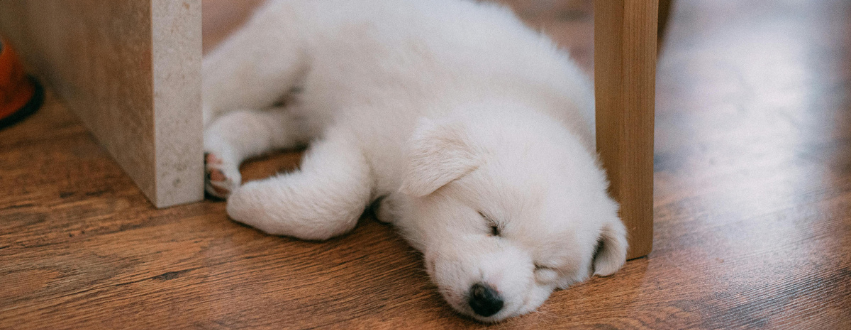
Whilst we wish puppy insurance covered everything, there are some things that are excluded. As mentioned above, most pet insurance providers exclude pre-existing conditions from policies which is why it’s so important to get your pet insured as soon as possible.
Other things that aren’t typically covered in puppy insurance policies include routine, preventative and cosmetic treatments. Routine treatments such as vaccinations and flea and worm treatment are typically excluded as insurers focus on specific treatments instead. This also means you’ll be unable to claim for the cost of neutering or spaying your puppy. Fortunately, lots of vets have health plans in place which, by paying a monthly cost, can help you secure discounts for routine and elective treatments. Health plans often work in conjunction with pet insurance policies so you can continue to get the best price for treatment and protection for your pet at the same time.
Conclusion

Puppy insurance is a vital part of pet ownership that can ensure your pet is protected from as little as 8 weeks old. Choosing the right kind of policy is important as you want to ensure you get the most comprehensive kind of coverage. We recommend Lifetime insurance like that offered by Waggel as it includes cover for things such as vet fees and dental treatment.
Insuring your puppy early means you can skip the worry of pre-existing conditions and rest easy knowing you can claim back the cost of treatment for any condition your dog may face in the future.
Taking care of your new addition also extends beyond insurance and includes incorporating high-quality pet products from Lords & Labradors. To ensure your new furry friend gets the best start to life, why not explore Lifetime policies and get a free, no-obligation quote from Waggel?
As a Waggel member, you’ll have access to an exclusive membership platform where you can book free vet, behaviour and nutrition consultations. So, when they say they’ve got your back, they really mean it.
Once your insurance policy is live you can gain immediate peace of mind knowing your pet is protected for life. And if you’re thinking of celebrating this little win, why not explore even more premium pet products with Lords & Labradors offering comfort and luxury for your dog throughout every phase of their life?

























































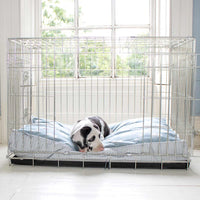








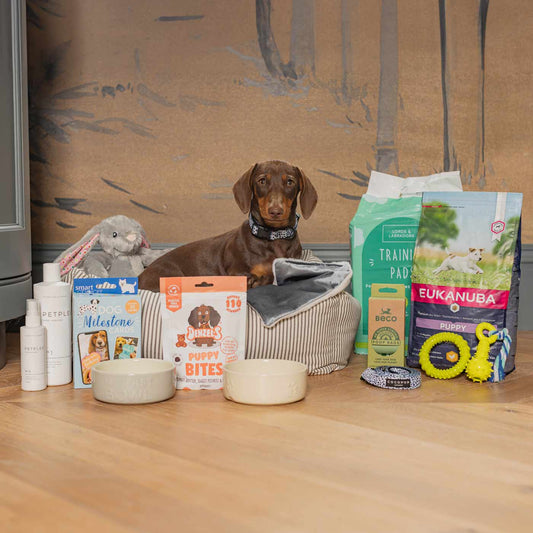
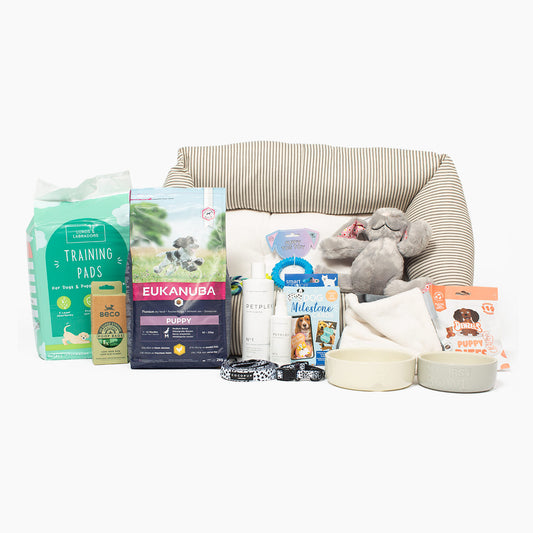
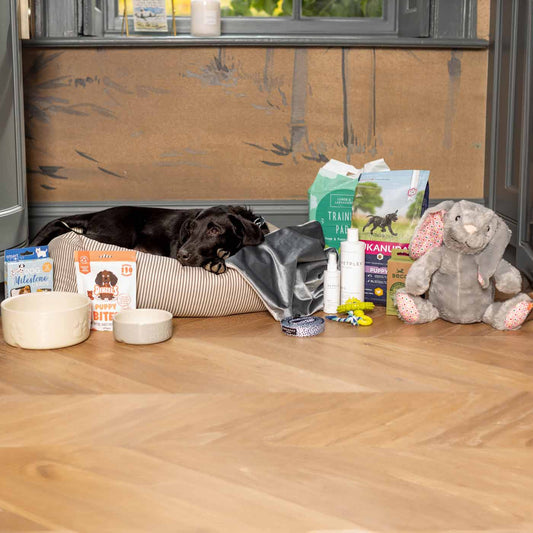



.jpg?v=1723712924433&options=)





























